Huawei P40 Pro+ first look: Zooming above it all
Despite all the troubles, the Chinese firm is still building superb smartphones
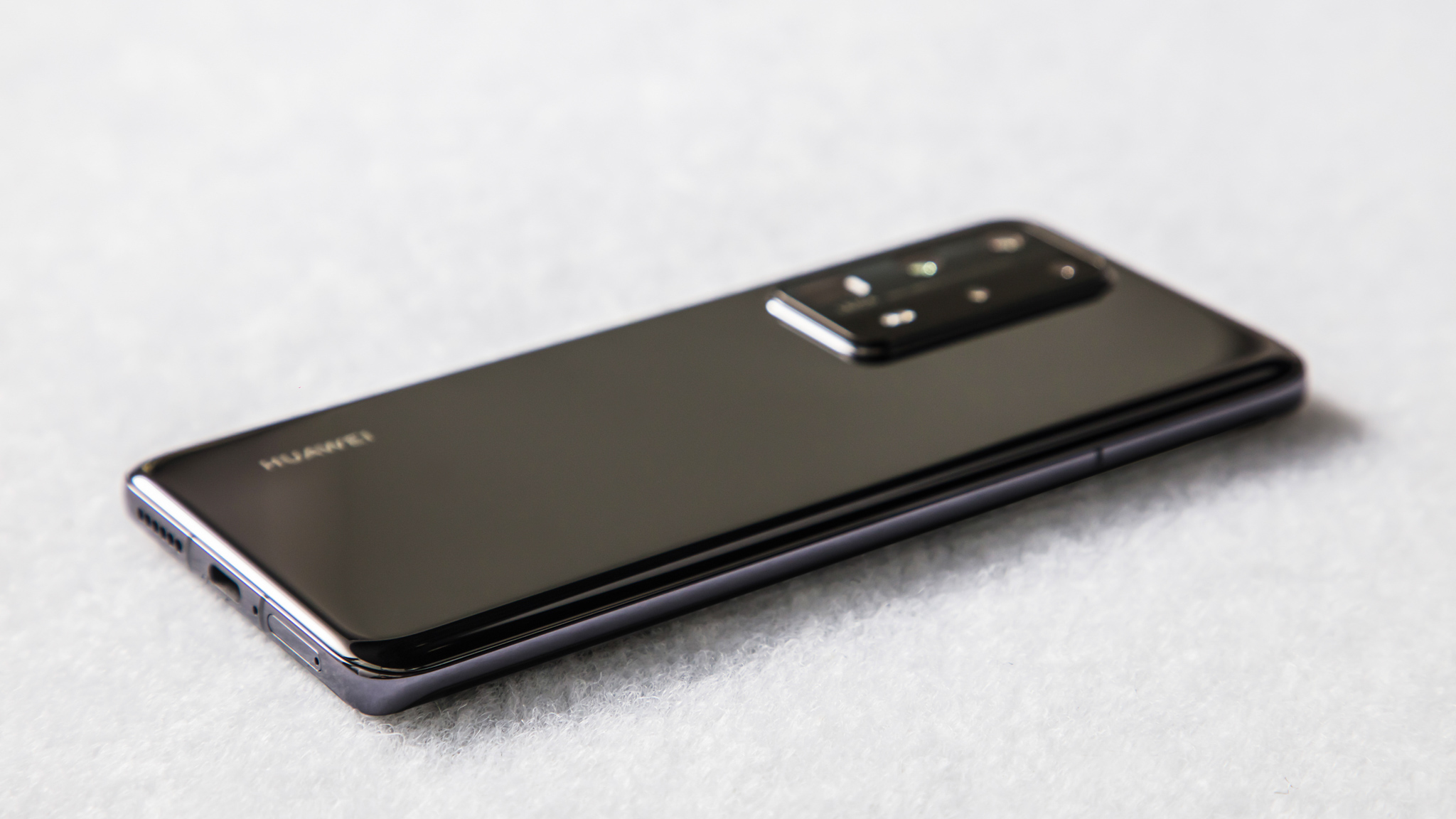

If there is one thing we can definitively say about Huawei, it's that it is a very resilient company. The President of the United States couldn't stop it and neither, it seems, will a global pandemic. Despite everything that's going on, the Chinese firm has launched three new flagship phones: the P40, the P40 Pro and the P40 Pro+.
These follow on from last year's highly successful P30 and P30 Pro, the latter of which had spectacular zooming camera technology. The P40 is the standard model, with the smallest battery and little in the way of special specs, while the Pro is a very beefed-up version of the P30 Pro. Here we will focus on the P40 Pro+, which is the biggest, and possibly the best, of the three.
Huawei P40 first look: Design
The first thing you'll notice on the Pro+ (as you will on the other two devices) is its 'Overflow display', which is basically fancy wording for an edge-to-edge display. The screen itself includes cutouts for the front-facing cameras, similar to Samsung's Galaxy range, and there's a new look to the main camera array which is housed in a shiny rectangle with rounded edges, which is also strikingly reminiscent of the Galaxy S20's design. Other than that, there is little difference in design from the P30.

All three models will come in a refreshed colour palette, though: 'Ice White', 'Black', and 'DeepSea Blue'. The Pro+ will have special ceramic versions in 'Silver frost' and 'Blush Gold' too, which are both said to be resistant to fingerprint smears.
Huawei P40 first look: Display
The Pro+ has a massive 6.58in screen, which is just slightly smaller than the one on the Samsung Galaxy S20 Ultra. This is an OLED FHD+ display with a 19.8:9 aspect ratio and a smooth 90Hz refresh rate. We can't confirm its quality as we haven't tested it, but these are similar specs to the OnePlus 7 Pro and the S20, and Huawei's displays are usually of similar quality.
Huawei P40 first look: Specs and Features
All three models will have the Kirin 990 5G processor inside them, which Huawei is suggesting will have 30% more CPU power than the P30. This will come with support for standalone and non-standalone 5G bands - which means it works with current and future 5G bands. Strangely though, the Pr0+ will have a 4,200mAh battery, which is actually a smaller capacity than the P30 Pro, which lasted 21hrs and 22min in our intensive tests. This doesn't necessarily mean it's going to run out quicker, but we won't be surprised if it does. It also supports 40W wireless charging, so that should help when the power drops.
There are updates to the P40's biometric security with a dual selfie camera that has infrared facial recognition technology - which Huawei claims will work in the most challenging lighting conditions. The size of its in-screen fingerprint sensor has also been increased by around 30% and will unlock 30% faster - that seems to be a popular number for Huawei.
Get the ITPro daily newsletter
Sign up today and you will receive a free copy of our Future Focus 2025 report - the leading guidance on AI, cybersecurity and other IT challenges as per 700+ senior executives
It has an EMUI 10.1 skin over the basic version of Android 10. One of the big problems going forward without Google is that Huawei users will miss out on the most popular Google-branded apps, but who needs Google Maps or Gmail when you're one of the biggest companies in the world? Instead, Huawei is simply replacing these with its own versions, so the P40 range will feature preloaded apps to compensate, starting with Huawei's own version of video calling called 'MeeTime'. This can work anywhere and also for multiple users, according to Huawei. It's also an open-source app that the company wants to offer up to developers, as it announced it would back in January when launching the Huawei App Gallery.
The Chinese giant is also getting involved in the world of voice assistants with 'Celia', its answer to Siri. It wakes with the classic "Hey" before Celia, or by holding the power button for a second and it supports all the usual things digital assistants like Siri or Bixby do, with basic commands and some helpful information on objects you capture with the camera. Huawei does have a grand IoT strategy with its Harmony OS and this could potentially be its Alexa.
Huawei P40 first look: Cameras
On the P30 Pro, Huawei took camera technology to new heights, with its amazing optical zoom and light-capturing sensors. The P40 Pro+ is aiming to do the same and comes with an 'Ultra Vision Leica Penta Camera System'. It features five lenses on the back: an 8MP 10x optical telephoto lens, a 50MP RYYB wide lens, a 40MP wide-angle lens, an 8MP 3x optical telephoto lens and a time of flight sensor. To clarify, that's a dual optical telephoto lens that hits 240mm zoom range.
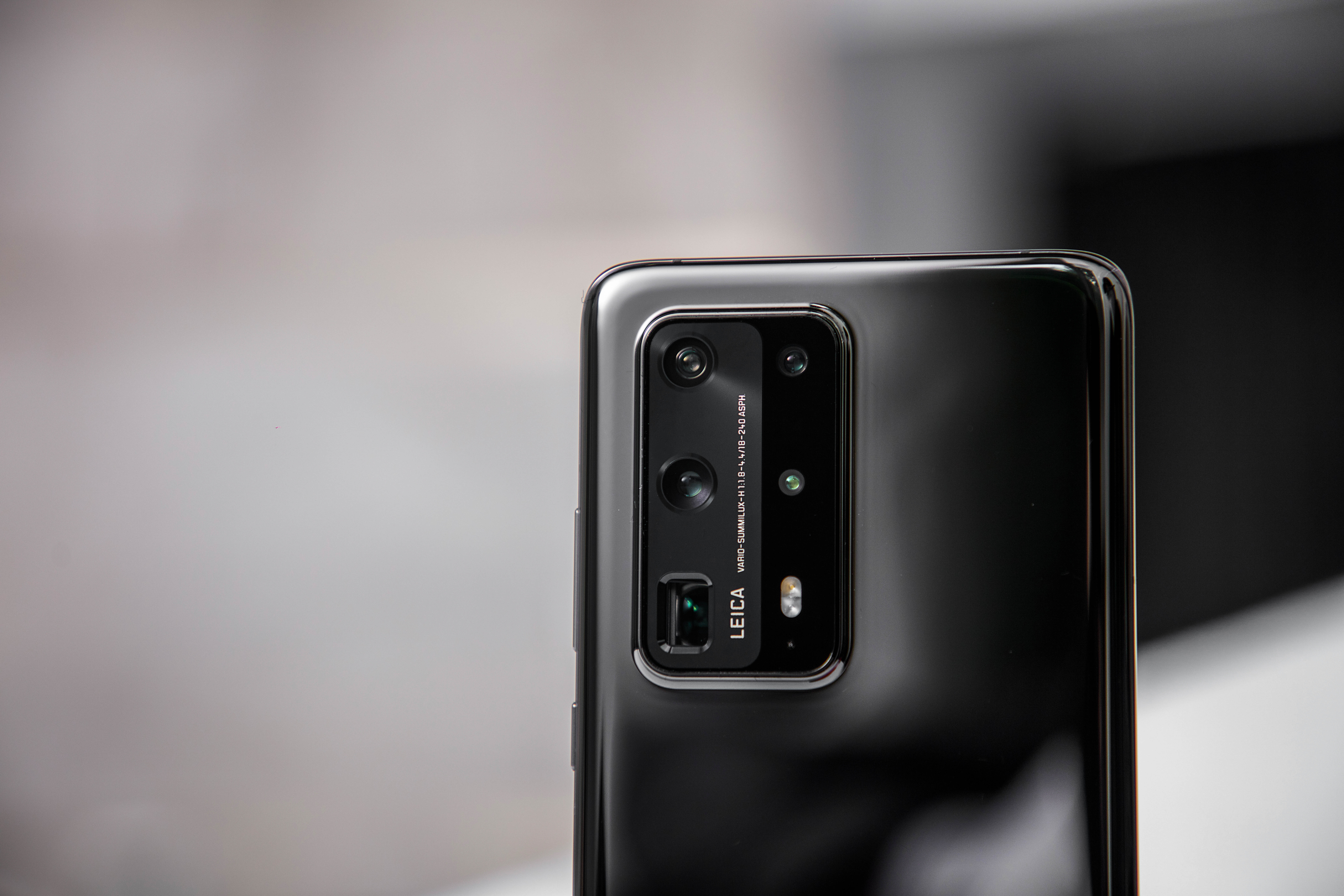
As impressive as the zoom was on the P30, there was an issue with keeping shots still when at full magnification. To counteract this on the Pro+, Huawei has added AI-based stabilisation. This is another area where the company is going above and beyond with camera technology, using AI as an editing system, or to help refine pictures. Or, in one case, to delete people, as the P40 Pro+ will come with software that allows the users to cut out photobombers - or random people in the background - by editing multiple shots into one perfect picture.
Huawei P40 first look: Early Verdict
The P30 and P30 Pro were both superb handsets with extraordinary camera technology, but they both hit the shops before Donald Trump's cumbersome blacklist. Huawei is now launching smartphones into a market disrupted by COVID-19 and doing so without Google apps.
There is a worry that this device might get ignored without full Android, but that would be a shame because the P40 Pro+ looks like another knockout device from Huawei. It has a huge display, exciting AI features and superzoom cameras. Despite a relentless campaign from the US, and the global pandemic, we hope Huawei's P40 Pro+ zooms above it all.
Bobby Hellard is ITPro's Reviews Editor and has worked on CloudPro and ChannelPro since 2018. In his time at ITPro, Bobby has covered stories for all the major technology companies, such as Apple, Microsoft, Amazon and Facebook, and regularly attends industry-leading events such as AWS Re:Invent and Google Cloud Next.
Bobby mainly covers hardware reviews, but you will also recognize him as the face of many of our video reviews of laptops and smartphones.
-
 Should AI PCs be part of your next hardware refresh?
Should AI PCs be part of your next hardware refresh?AI PCs are fast becoming a business staple and a surefire way to future-proof your business
By Bobby Hellard
-
 Westcon-Comstor and Vectra AI launch brace of new channel initiatives
Westcon-Comstor and Vectra AI launch brace of new channel initiativesNews Westcon-Comstor and Vectra AI have announced the launch of two new channel growth initiatives focused on the managed security service provider (MSSP) space and AWS Marketplace.
By Daniel Todd
-
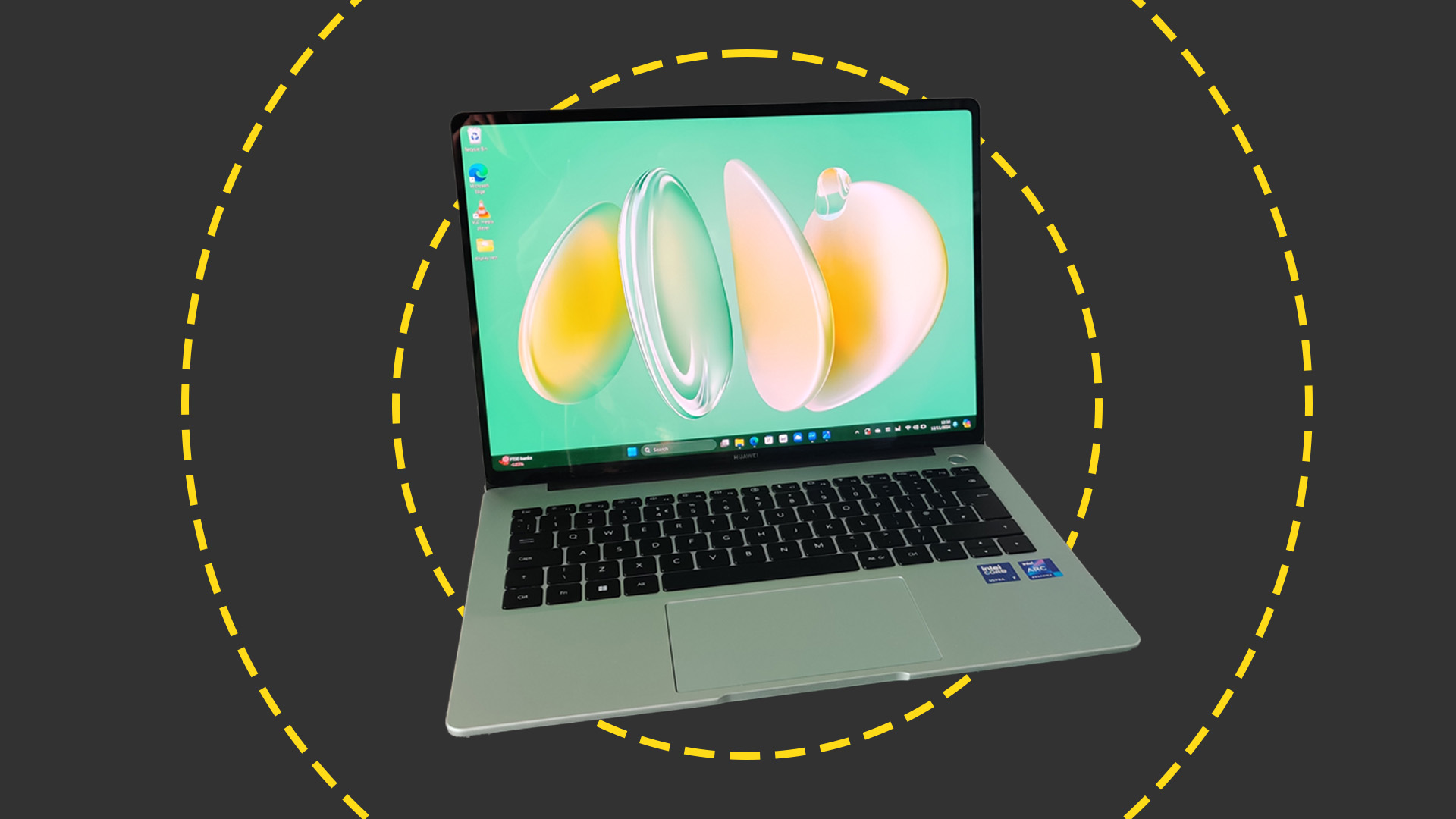 Huawei MateBook 14 (2024) review: A solid all-rounder with a stunning display
Huawei MateBook 14 (2024) review: A solid all-rounder with a stunning displayReviews An attractive, well-rounded device with a spectacular OLED display, but newer ARM-based Windows laptops offer that little bit more
By Solomon Klappholz
-
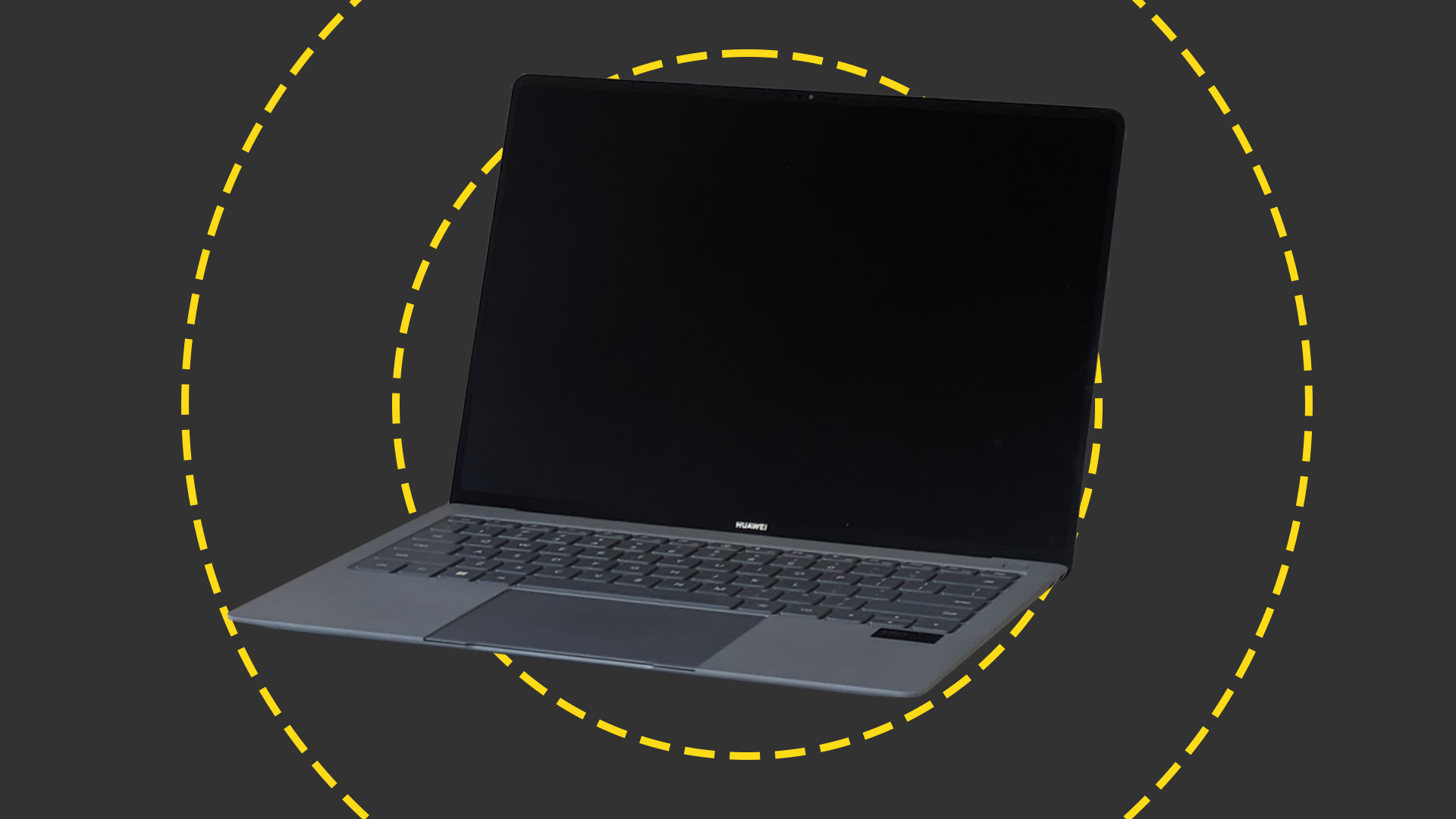 Huawei MateBook X Pro (2024): Executive elegance with the performance to match
Huawei MateBook X Pro (2024): Executive elegance with the performance to matchReviews An elegant Windows machine that can do it all and looks good doing it, with a display that will keep you coming back
By Solomon Klappholz
-
 New Huawei Mate 50 phone can link up with Chinese satellite system
New Huawei Mate 50 phone can link up with Chinese satellite systemNews This makes it the first smartphone maker to bring satellite communication technology to the consumer market
By Zach Marzouk
-
 Huawei MateBook X Pro (2021) review: Battery woes plague the evergreen ultraportable
Huawei MateBook X Pro (2021) review: Battery woes plague the evergreen ultraportableReviews A sleek and stylish MateBook once again undermined by battery life
By Bobby Hellard
-
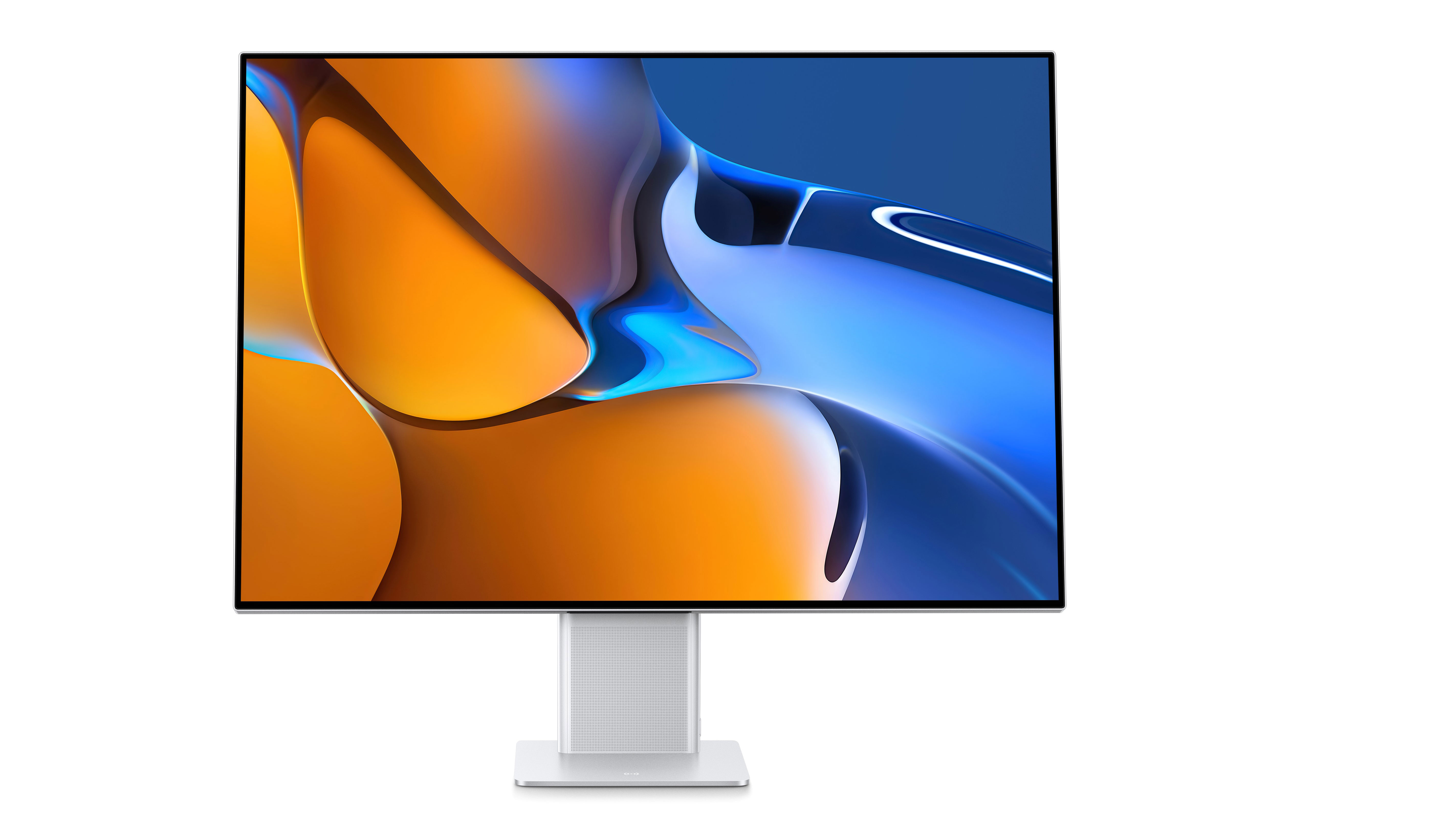 Huawei MateView review: A stunning, innovative screen – but it’s expensive
Huawei MateView review: A stunning, innovative screen – but it’s expensiveReviews With its distinctive shape and superb colour, this monitor stands well apart from the crowd
By Tim Danton
-
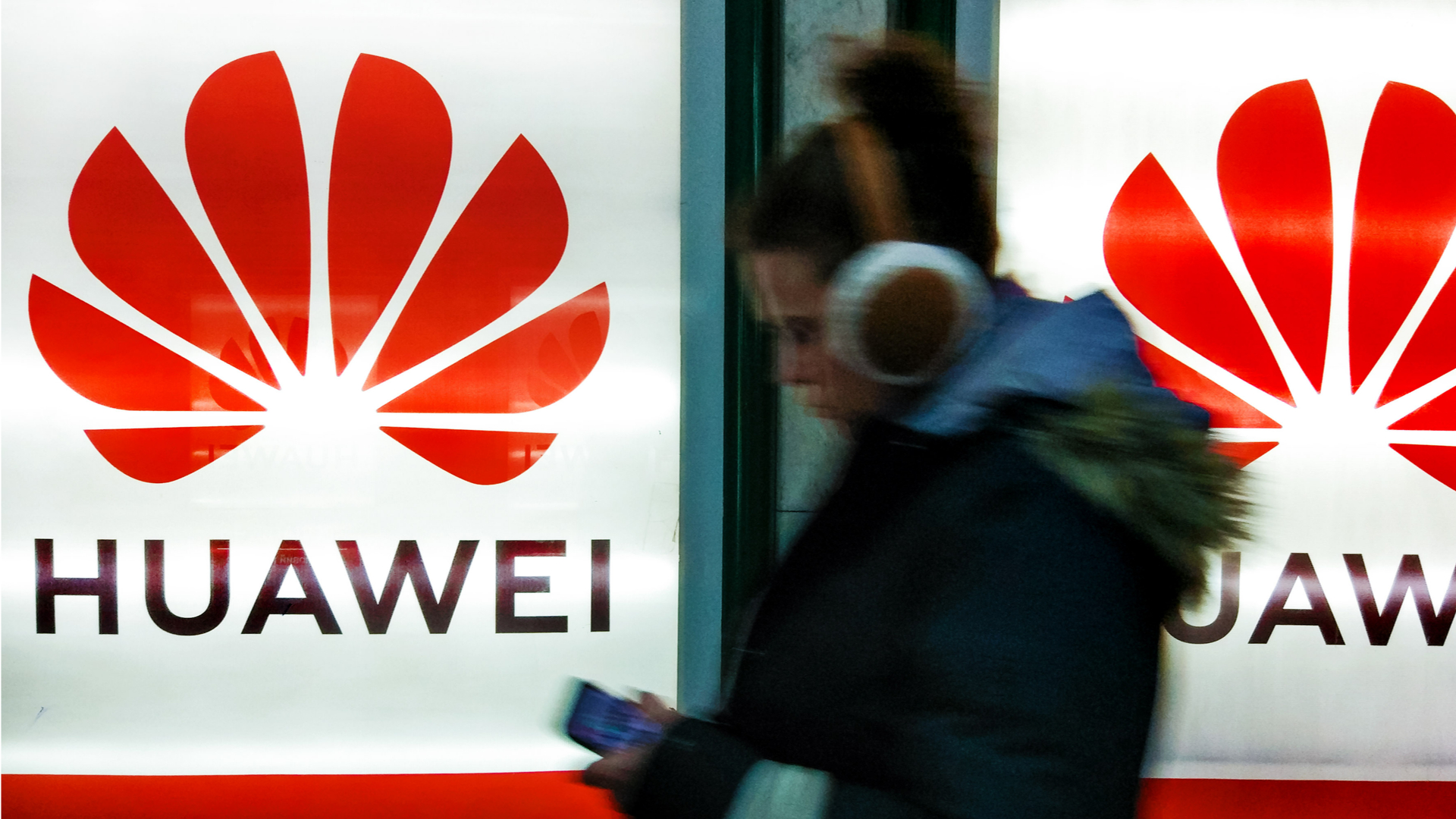 Huawei's smartphone business to decline £30 billion by year end
Huawei's smartphone business to decline £30 billion by year endNews Company's rotating chairman 'hopeful' the company can survive next five years
By Bobby Hellard
-
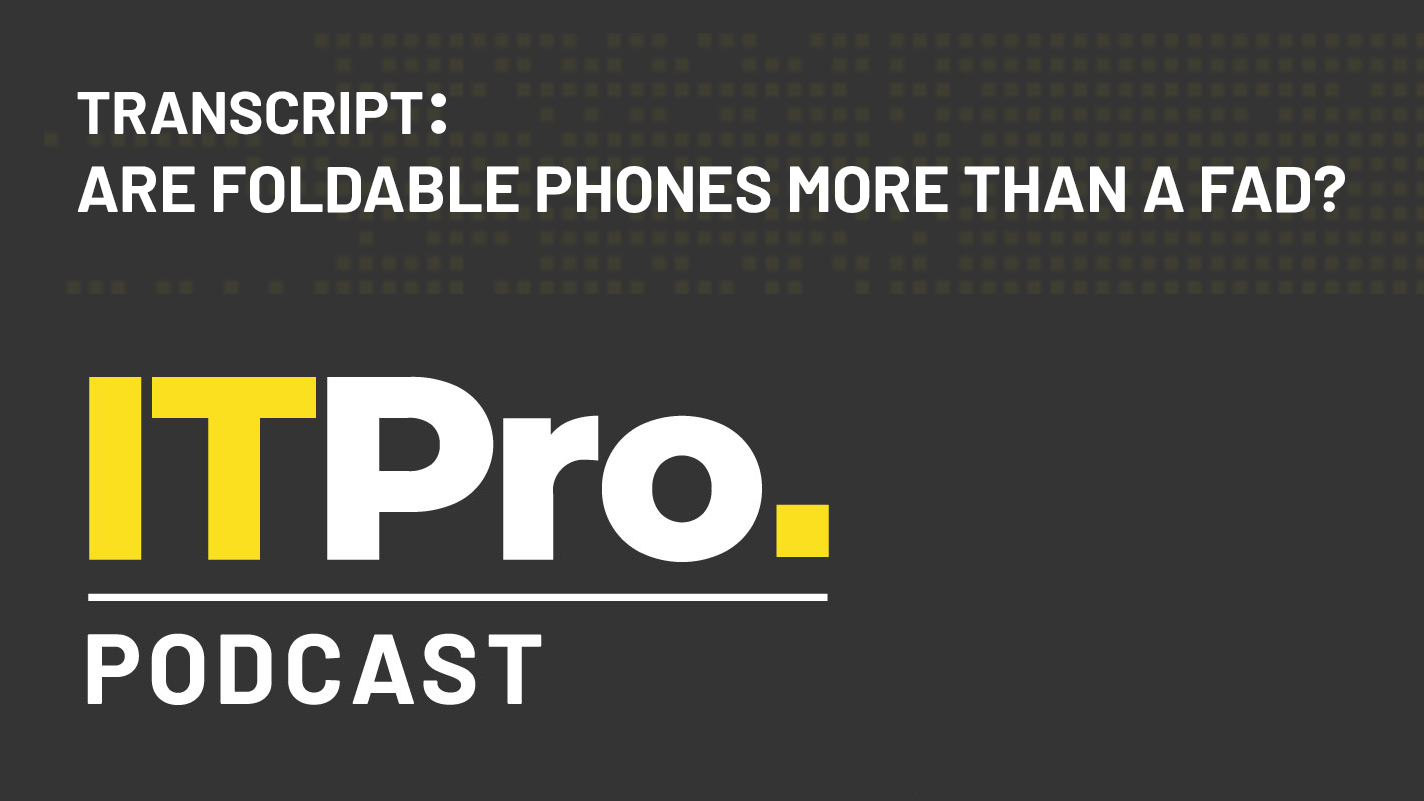 Podcast transcript: Are foldable phones more than a fad?
Podcast transcript: Are foldable phones more than a fad?IT Pro Podcast Read the full transcript for this episode of the IT Pro Podcast
By IT Pro
-
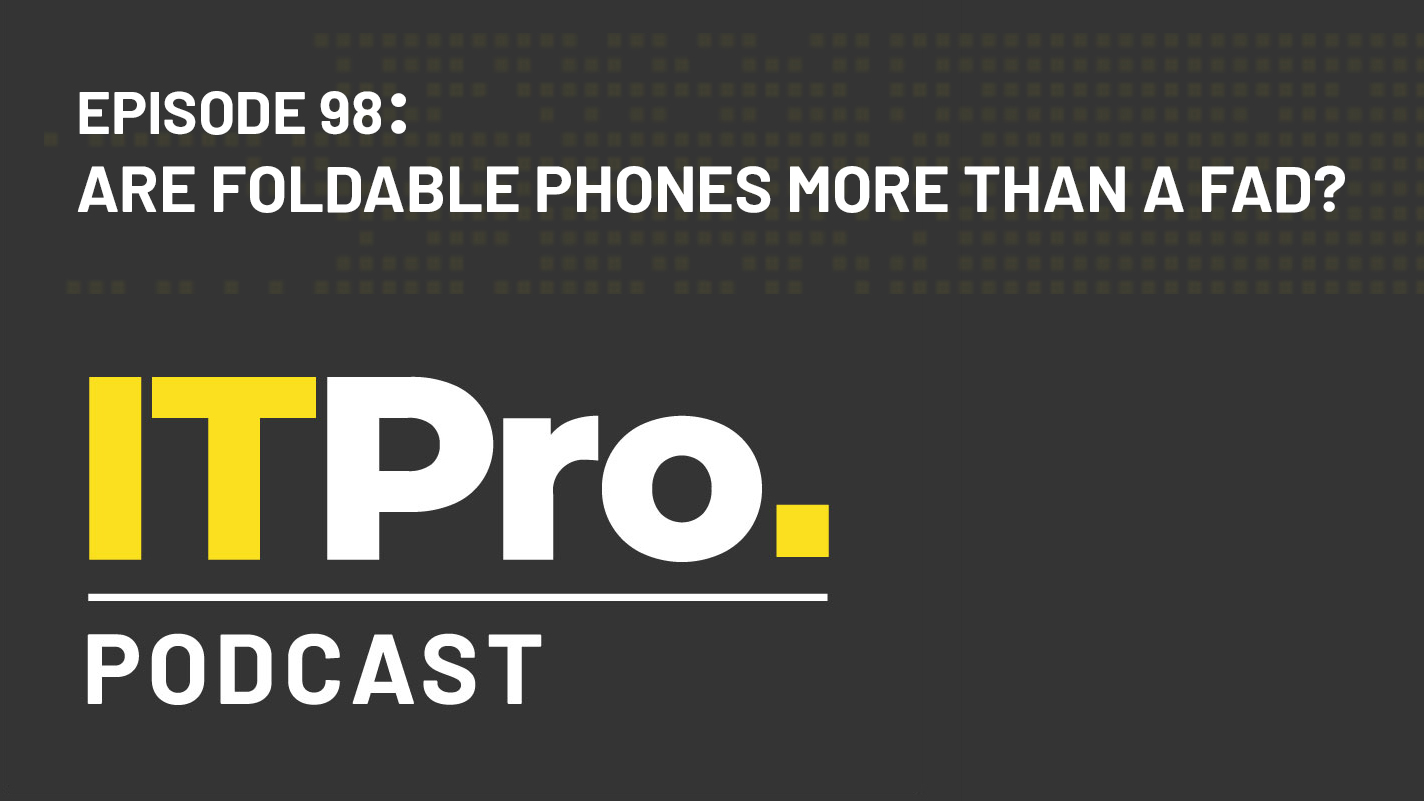 The IT Pro Podcast: Are foldable phones more than a fad?
The IT Pro Podcast: Are foldable phones more than a fad?IT Pro Podcast We take a look at the newest smartphone category
By IT Pro